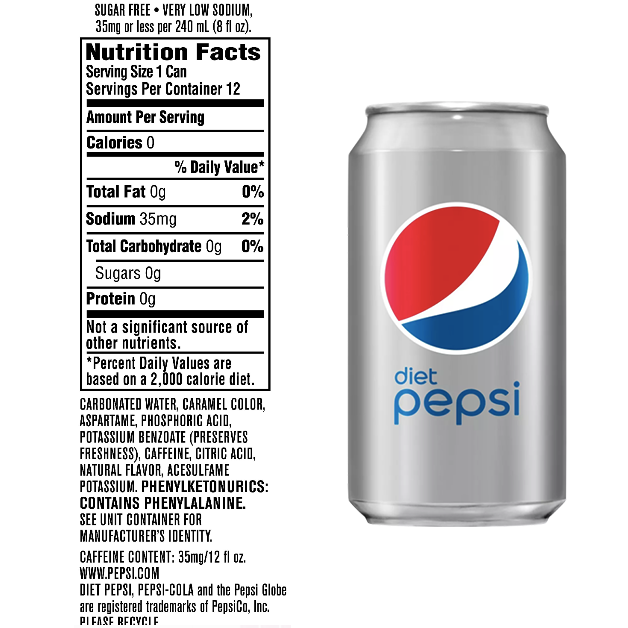Effective Ways to Create a Perfect Grocery List in 2025
As we step into 2025, the art of grocery shopping is evolving with innovative tools and techniques that promote not only efficiency but also sustainability. Creating a grocery list is no longer just a way to remember food items; it's an integral part of meal planning, budget management, and maintaining a nutritious diet. With so many options available, understanding how to curate your shopping list effectively can save you time, money, and reduce food waste.
In this article, we will explore modern strategies for crafting the perfect grocery list, incorporating trends such as online grocery shopping, seasonal produce, and sustainable choices. We’ll delve into how to include a variety of food items, from fresh produce and dairy products to pantry staples and snacks, ensuring balanced meals for you and your family. Let's embark on this journey towards smarter grocery shopping!
Key takeaways include practical tips for planning meals, how to adapt your grocery list based on dietary preferences, and the benefits of shopping locally. It’s time to evolve your shopping habits with these effective strategies!
Understanding Grocery Store Layouts
Building on the basics of grocery shopping, comprehending the typical layout of a grocery store can elevate your shopping experience. Most grocery stores are organized into sections: fresh produce, dairy, meat, canned goods, and more. Navigating these sections efficiently saves you time and helps ensure you don’t forget key ingredients.
Navigating Fresh Produce Sections
The fresh produce section is usually located near the entrance, promoting healthy choices as you enter the store. Here, prioritize seasonal fruits and vegetables, which not only taste better but are also budget-friendly. For instance, spring might offer delightful options like strawberries and asparagus, perfect for a refreshing salad or side dish.
When shopping for fresh produce, ensure you select items that are in good condition. Look for vibrant colors and avoid any bruised or soft spots to guarantee quality. This care ensures you have fresh ingredients that enhance your meals and support a healthy diet.
Choosing Dairy and Protein Sources
After fresh produce, the dairy aisle offers a variety of items, such as milk, cheese, and yogurt. Opt for lactose-free options if you or your family members have dietary restrictions. When it comes to protein, be it meat, poultry, or seafood, consider organic and sustainably sourced options for better nutritional value and environmental impact.
Exploring Canned and Packaged Goods
Canned goods can significantly extend the shelf life of ingredients while offering convenience in meal preparation. Look for low-sodium versions of beans, tomatoes, and vegetables. Bulk buying these items also helps in reducing packaging waste, aligning with eco-friendly shopping practices.
Integrating Meal Planning into Your Grocery List
Meal planning is a fundamental step in creating an efficient grocery list. With technology and various apps available, planning meals in advance has never been easier. A well-thought-out meal plan will translate directly into a comprehensive shopping list that covers your needs for breakfast, lunch, and dinner.
Creating Balanced Meals
When planning your meals, ensure you include a variety of food items to cover all nutritional bases—carbohydrates, proteins, fats, vitamins, and minerals. Incorporating whole grains, fresh fruits, and vegetables not only ensures a balanced diet but also promotes mindful eating habits.
Healthy Snack Options
Don’t forget to include healthy snack options in your grocery list! Snacks not only keep you energized between meals but can also be nutritious. Consider organic snacks, such as nuts, dried fruits, and yogurt-covered treats. Avoid overly processed snack foods that often contain hidden sugars and artificial ingredients.
Budget-Friendly Grocery Shopping Tips
Managing your grocery budget starts with informed planning. Review your local grocery store’s weekly ads and coupons to take advantage of discounts on items you plan to purchase. Consider meal prep strategies that allow you to utilize leftovers creatively to avoid food waste and maximize your budget.

Embracing Technology for Efficient Grocery Shopping
In 2025, technology has significantly influenced how we create and utilize our grocery lists. Mobile apps provide features that streamline shopping by offering various tools for meal planning and recipes. Embracing these tools can save time and enhance your grocery shopping experience.
Using Grocery Apps for Organization
There are numerous grocery apps available that allow you to create lists, scan barcodes, and even categorize your shopping items into different sections, mirroring the grocery store's layout. This organization aids in preventing overlooked items that may be essential in your meal preparation.
Accessing Recipe Ideas and Cooking Tips
Many grocery applications also offer integrated recipe suggestions based on the ingredients you plan to purchase, alleviating the stress of meal ideas and helping manage your pantry effectively. Utilize these features to incorporate seasonal produce and encourage variety in your meals.
Online Grocery Shopping and Delivery Services
Online grocery shopping has transformed the way consumers shop for food items. Many people find it more convenient to select items without the physical constraints of grocery store layouts. Additionally, learning to use grocery delivery services can further enhance your shopping experience by allowing you to save time while ensuring you still receive fresh produce and essential items.

Seasonal and Local Produce: Healthy Choices
Engaging with local farmers' markets or community-supported agriculture (CSA) can significantly enhance your grocery list with seasonal and fresh produce. These options are often more flavorful and nutrient-dense than mass-produced alternatives.
The Benefits of Seasonal and Local Foods
When you choose seasonal produce, you enjoy flavors at their peak while also supporting local economies. Moreover, seasonal foods typically require less energy for transportation, making them eco-friendly choices that align with sustainable eating practices.
Incorporating Organic Options
Your grocery list should also consider organic food items, particularly for produce that is most affected by pesticides. Opt for organic fruits and vegetables, dairy products, and grains to prioritize your family's health and wellness.
Planning for Dietary Restrictions
If you have family members with specific dietary restrictions, it’s crucial to adapt your grocery list accordingly. By including gluten-free products, vegetarian options, or others that cater to health needs, you’ll ensure nutritious and delicious meals for everyone.
Organizing Your Pantry for Efficiency
A well-organized pantry makes the grocery shopping process more efficient. By taking the time to arrange your pantry items effectively, you’ll avoid over-purchasing and can create meal plans based on what you already have at home.
Simplifying Your Pantry Space
Use transparent containers for storing bulk items and label them for easy access. Rearranging items by meal categories such as breakfast items, lunch ideas, and dinner recipes can help streamline your cooking process and reduce unnecessary trips to the grocery store.
Promoting Freshness with Proper Storage
Understanding how to store your groceries and pantry staples maximizes freshness and reduces waste. Keep tems like fruits and vegetables in appropriate conditions, and maintain ideal temperatures for dairy products and meats to enhance food safety.
Utilizing Leftovers Creatively
Incorporate a designated section in your grocery list for planned leftovers to encourage creative cooking. Use remaining ingredients from the previous week to craft new meals, promoting sustainability and minimizing food waste.
Frequently Asked Questions About Grocery Lists
How do I start creating my grocery list?
Start by assessing what you already have in your pantry. Following this, decide on meals for the week, which will guide you in listing the fresh ingredients, proteins, and other items needed. Remember to consider the categories that include snacks, beverages, and personal care items as well.
What are the best strategies for budgeting my grocery shopping?
Utilize grocery coupons, meal planning, and bulk buying to stay within budget. Keep track of where you typically spend the most, and adjust your list by focusing on seasonal produce and affordable staples.
Are there specific apps for grocery list management?
Yes! Apps like AnyList, Out of Milk, and Flipp can help organize your grocery items and access recipes seamlessly. Explore different options to find one that suits your shopping habits best.
How can I reduce food waste while grocery shopping?
Plan your meals carefully by making sure to list only items you will use. Focus on shopping your pantry first to utilize what you already have and incorporate leftovers into new meals to avoid waste.
How do I handle special dietary needs on my grocery list?
When accommodating dietary restrictions, create personalized shopping sections that include gluten-free, vegetarian, or other similar products. Make use of apps that can provide alternative recipes based on these needs.
```